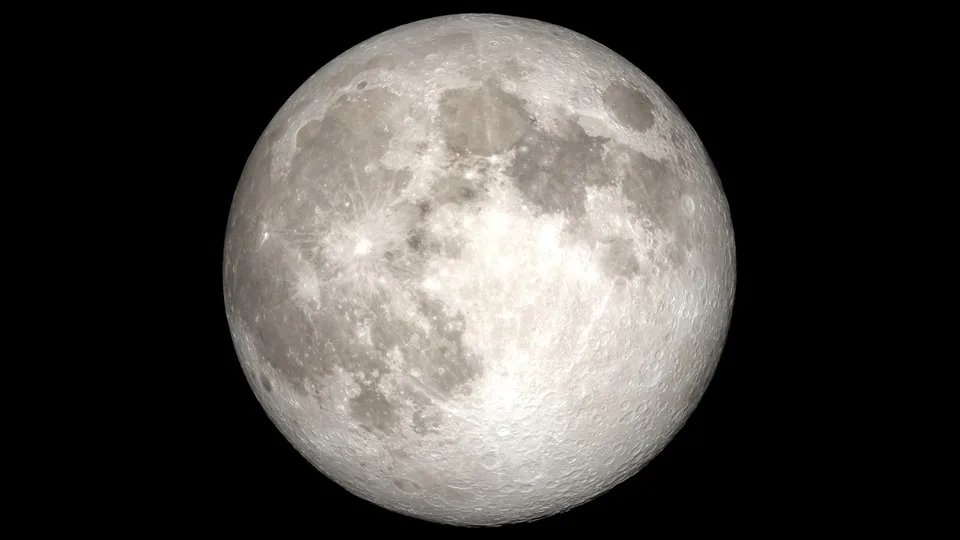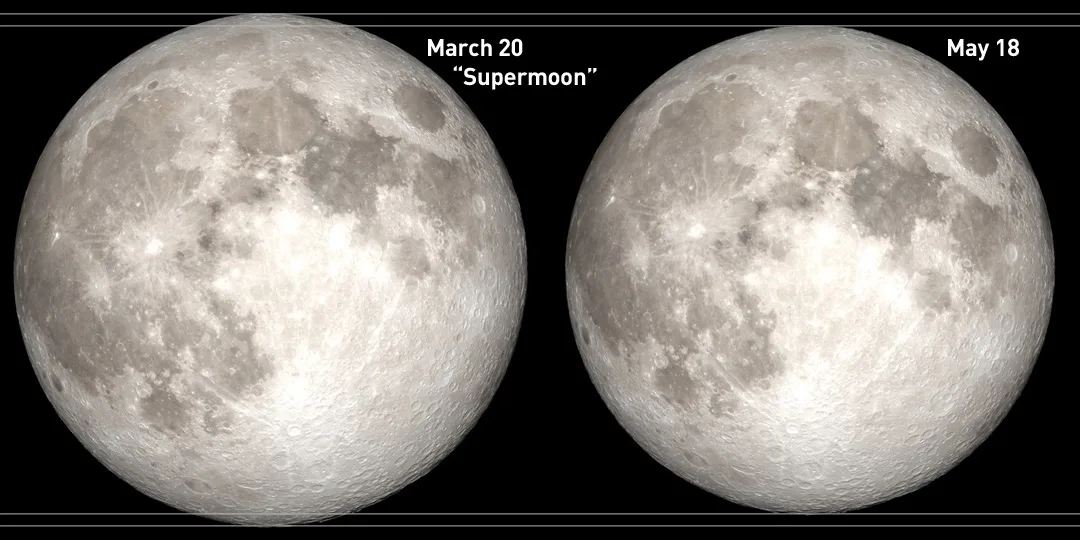
Wednesday night we saw a super-rare Equinox Super Moon
Wednesday night, we witnessed what could be one of the rarest Full Moons we'll ever see.
On the night of Wednesday, March 20, at 5:58 pm EDT, the Sun crossed the celestial equator, passing from south to north. This marked the exact moment of the March Equinox - Vernal Equinox in the northern hemisphere, and Autumnal Equinox in the southern hemisphere.
Also on Wednesday night, we saw the Full Worm Moon, which was the first Equinox Full Moon we've had since the year 2000, and the last one until the year 2038.
Watch below: The reasons for the seasons? Earth's orbit and axial tilt
The name 'Full Worm Moon' comes from the Farmer's Almanac, which gave specific names to the Full Moon of each month of the year. The March Full Moon is named "Worm Moon", along with "Crow Moon", "Sap Moon" and "Lenten Moon". Although the claim is that these names originated from North American First Nations tribes, they are likely a combination of European folklore, Colonial folklore, and possibly some words First Nations people (such as the Algonquin) used to describe different seasons or periods of the year.
What made this Equinox Full Moon so rare, though, is that it was also a perigee 'Supermoon' - a Full Moon that occurs when the Moon is near, or at, its closest distance to the Earth on that particular orbit.

The March 20 "Supermoon" vs the May 18 Full Moon. On March 20, the Moon is nearly 18,000 km closer to Earth than on May 18, thus it appears slightly bigger in the sky, and it is noticeably brighter. Credit: NASA GSVS/Scott Sutherland
That specific combination of these three factors - the Full Moon, the Equinox, and a Supermoon - hasn't been seen for over a hundred years!
It was 114 years ago to be exact, in 1905, when the Full Moon and the Equinox both occurred on March 21, just one hour apart from each other (the Moon reached 100% full at 12:56 a.m. EST, and the Equinox was at exactly 1:57 a.m. EST).
In addition, that particular Full Moon was also 1905's Perigee Full Moon - the closest Full Moon of the entire year - reaching a distance of 356,869 km from Earth, at 6:48 a.m. EST.
Strangely enough, we're not going to have to wait another 114 years to see another Equinox Super Worm Moon!
The very next Equinox Full Moon, on the night of March 20, 2038, will also be a supermoon!
Sources: Fourmilab | TimeandDate.com | NASA GSVS
